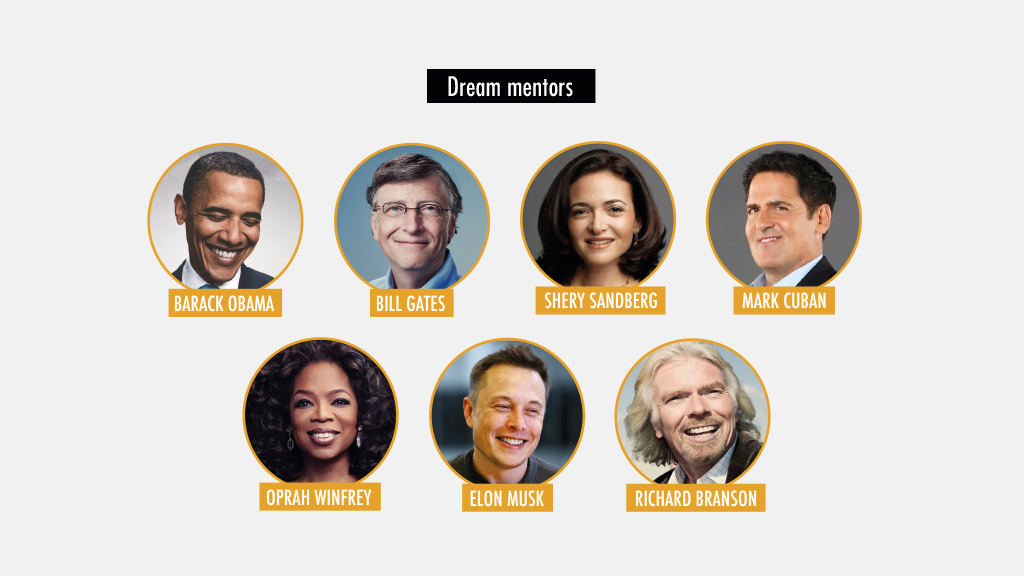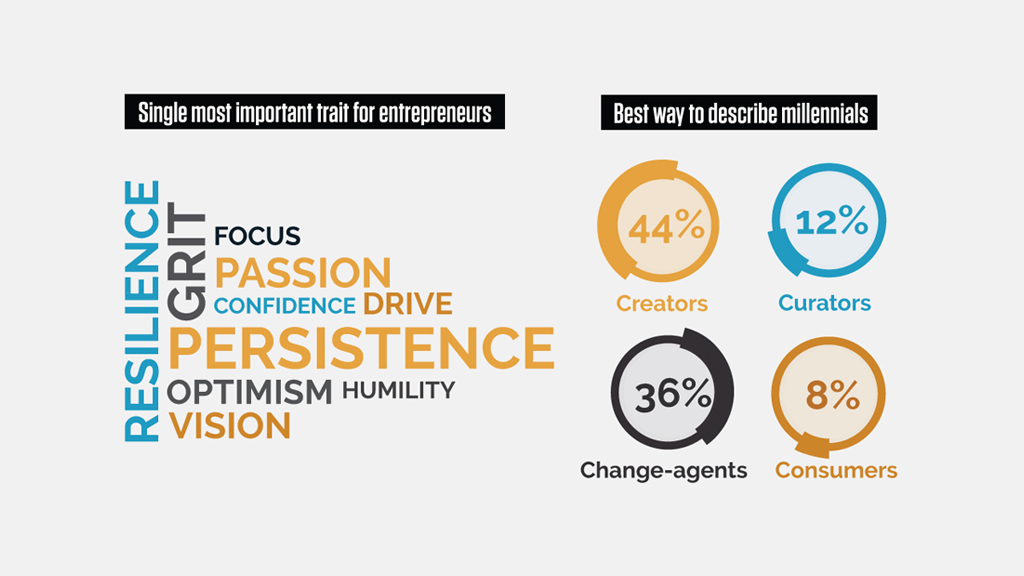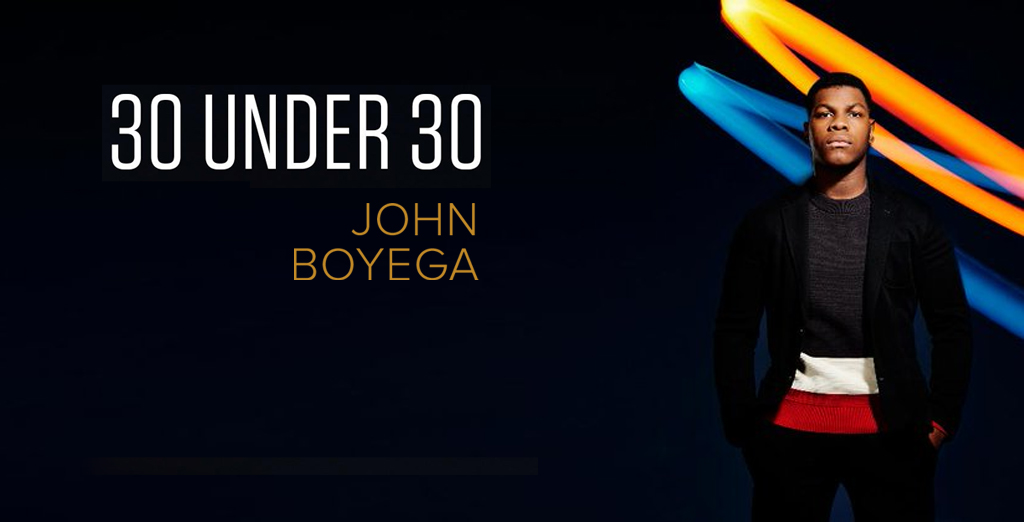Customer
How Forbes finds the best talent for their 30 Under 30 list
A simple typeform collects nominations to select 600 of the best and brightest young leaders.<br>

In a nutshell
In her mid-twenties, Clara Sieg helped AOL billionaire Steve Case set up his first growth-stage investment fund. Now she helps manage $650 million for startups.
Heben Nigatu is the senior editor at BuzzFeed and co-hosts the Another Round podcast for hundreds of thousands of listeners. She’s 24 years old.
After her company Blendspace was acquired by TES Global, 29-year-old Amy Lin now oversees the learning platform for over 7 million teachers worldwide.
What do these talented and ambitious minds have in common? They’re all part of last year’s Forbes 30 Under 30 list.
Every year, Forbes identifies 30 of the brightest and most promising game-changers under the age of 30, in 20 different industries. That’s 30 leaders x 20 industries = 600 superstars. Wow.
Finding all those people is a tall order. But the past couple years it’s been a little easier thanks to a suggestion from Salah Zalatimo, Chief Digital Officer at Forbes. His idea? Let’s take a look.
Finding 600 future leaders
For any selection process, the quality of the winner will only be as good as the people who enter the contest. And to find 600 brilliant people, you need a big pool of nominees to wade through. Here’s Salah on the challenge:
This isn’t as simple as “give me your name and an email address, and we’ll throw you in a raffle box.” Nope. Forbes needs enough info to know who their nominees really are. Education and work history. The industry or sector they’re impacting. Links to press, projects, and posts…
And most importantly—why? Why does this nominee belong on the 30 Under 30 list? What inspires them to be successful, to change the world?
Put another way, completing a 30U nomination is a bit like populating your entire LinkedIn profile through a fancy form. Okay, maybe it’s more like populating Bill Gates’ LinkedIn profile. But you get the picture: to avoid putting people to sleep, you need the right tool.
That’s where Salah’s idea comes in.
How do you find a genius?
As head of product at Forbes, Salah’s no stranger to data collection. Whether it’s market research, event registration, or internal questionnaires, Salah always has these essentials in mind:
- Keep people engaged until they hit submit—because a partially completed nomination is as useful as a sentence without an
- Make it easy to distribute through various channels—email, social, webpage embed
- Look good and be painless to fill in on all devices—from desktop to mobile
His tool of choice? Typeform.
So when a couple years back he saw the 30 Under 30 nomination designed on a different platform, he suggested that Forbes give Typeform a whirl.
They could’ve just assumed that the Forbes name and the prestigious 30 Under 30 brand would be enough to get the nominations they needed, but they didn’t. Last year, Salah ran the test:
But it wasn’t just an easy-to-make, fun-to-take form. It also had to reflect their brand. Important, because Forbes is, well, Forbes.
So Salah removed the Typeform branding and added their own logos and colors. People don’t even know it’s a typeform. Now, it’s a forbesform.
What’s it take to make a forbesform?
Logic? Call it skip logic or logic jump or conditional branching. Whatever. It shows people different questions based on their answers, keeping the form relevant to the person doing it.
For example, the 30 Under 30 form lets people nominate themselves or someone else. So people first say who they want to nominate, and then they’re guided to the appropriate set of follow-up questions. Check it out 2017’s typeform for yourself:
What kind of army did it take to build a personally-branded survey using complex logic? An army of one: Salah. Plus two more people to review it. Nice.
Next step: find some leaders.
Roll out the red carpet
Forbes gets the word out in every way they can. They share the nomination typeform through their email lists, embed it on the 30 Under 30 web page, and blast it through social media.
What happens after that?
Last year they raked in over 15,000 nominations! Some names you may know, like plus-sized supermodel Ashley Graham and John Boyega from Star Wars: The Force Awakens. And no doubt this year will bring some new talents into the limelight.
Salah’s advice for someone putting together a nomination form like his?
So, selecting the tool to find the biggest brains on the planet is a no-brainer. A pleasant irony.
Need to set up your own nomination typeform? Get started right away with these application form templates.
You don’t have to be Forbes to find the best and brightest for your award, event, contest, or job position. Here’s a few things Forbes did to help them stand out.
1. Use Logic Jumps to customize the screens people see
Do you need to send respondents to different questions, depending on the responses they give? Then you need to use Logic Jump.
2. Let users upload files
Save time, use photos. And videos. People like those. Find out how to let users upload media to your typeform.
3. Customize the Thank You screen
Add text, links, an image, video, or even an animated GIF to show your appreciation. Want to say something extra special after someone submits their responses? Then consider customizing the Thank You screen.
4. Remove Typeform branding to make it your own
Need your nomination typeform to reflect your brand? No problem. Here’s how you can remove Typeform branding.
If you haven’t already got an account, you can sign up for Typeform for free.
Got a cool typeform of your own to tell us about? Tell us about it here and we might feature you in a story like this one.






